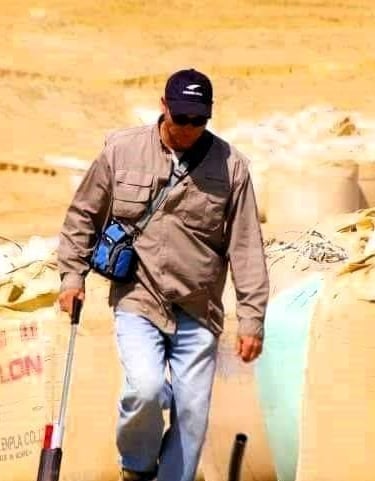Behind Every
Great Golf Course...
CONTACT@JIMFAZIOGOLF.COM


...is an architect with a great vision
Award-Winning Projects
LaQuerce GC, Rome, Italy | Hawks Nest, Vero Beach, FL | El Diablo GC, Ocala, FL | Trump International GC, Canouan Island, Grenadines Kasumigaseki GC, Tokyo, Japan | South Springs CC, Icheon, South Korea | and more
Testimonials
Donald Trump
Maye Musk


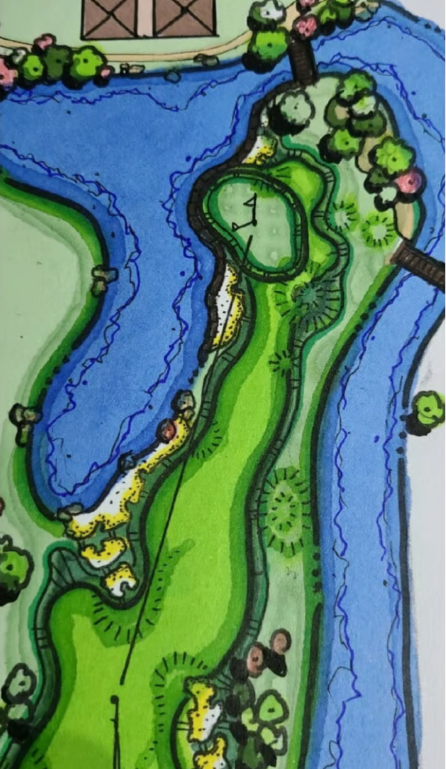

The Art of Designing Golf Courses
A Golf Course Architect is responsible for designing and developing golf courses that are both visually appealing and well-maintained. We need a deep understanding of golf, including its rules and the characteristics of the terrain. Our role involves being well-versed in the materials and equipment used in course design and construction.
We work closely with clients to capture their vision, crafting courses that align with their expectations. Additionally, we must be knowledgeable about environmental regulations and safety protocols to ensure the course is constructed and maintained safely. Staying up-to-date with the latest projects in golf course design is also essential for creating innovative and forward-thinking layouts.
Design Philosophy
At the heart of every great golf course is its relationship with the land. We start with a deep respect for the natural landscape, aiming to harmonize with its inherent features rather than impose upon them. By embracing the existing topography, vegetation, and geological characteristics, the course becomes a seamless extension of its environment, offering players a unique and authentic experience.
A golf course should be more than a set of holes; it should tell a story and evoke a sense of place. Our goal is to craft courses that leave a lasting impression on players, whether through stunning vistas, intriguing challenges, or thoughtful design elements that engage both the mind and senses. Each hole should contribute to a cohesive narrative, offering a variety of play experiences and moments of discovery.



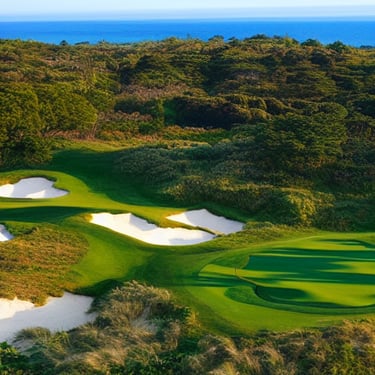
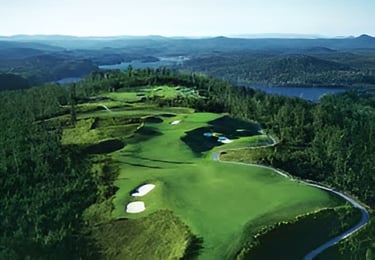

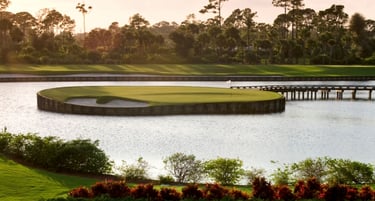

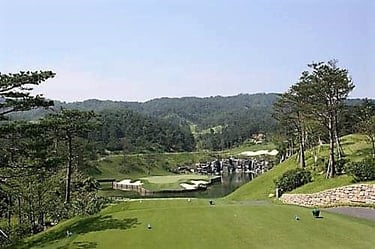
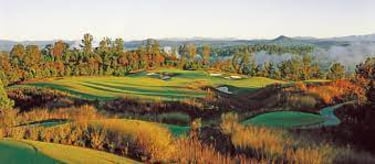
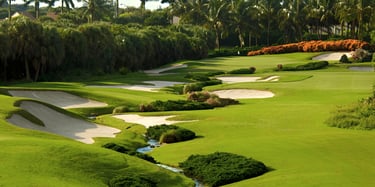
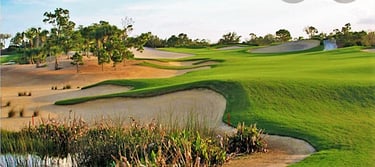
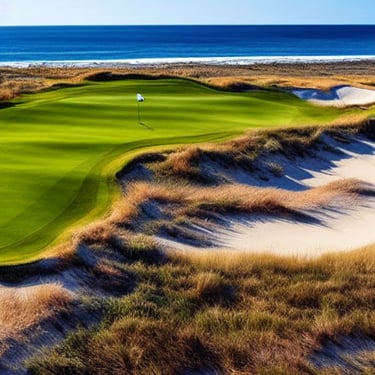


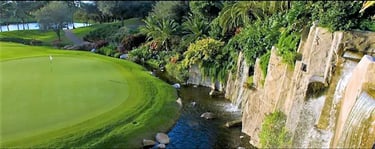

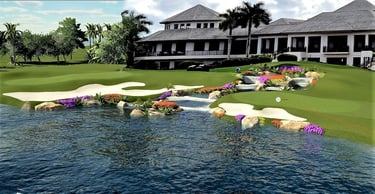
















The Design Process
Client Interview
When we are interviewing a client about developing their property, it is important for us to start by learning about the clients goals for the project, ask questions about their desired timeline, budget, and expectations and then discuss any potential issues or limitations such as zoning, permits, and environmental concerns. Then discuss how our services can best meet the client's needs.
Preliminary Design Phase
The preliminary design phase of the golf course design process involves gathering initial information such as topographic surveys, aerial photographs, and property boundary survey to analyze the requirements of the project. Site visits to existing golf course facili-ties may be taken to determine what suits the client in terms of appeal, style, look, and feel. The design team then begins their pre-liminary design concepts, site analysis studies, alternative route plans, and recommendations for clubhouse and facility maintenance sites.
Design Development Phase
Design development is the process of taking an initial design concept and refining and developing it into a comprehensive plan for a project. It involves further research, analysis, planning, design, and documentation in order to create a plan that can be used to guide construction. After the initial routing plan is approved our next step is to refine the tees, greens and bunkers. Determine where water features should be incorporated, designating turf, native and landscaped areas. The plan goes through additional refinement with clearing and grading studies to best determine the quantities and costs required to complete the project.
This document outlines the process of preparing detailed construction drawings and specifications for develpment of the golf course. The drawings and specifications include a centerline staking and routing, clearing, strategy, grading, drainage, grassing and greens plans, along with detailed specifications.
Final Design Phase
Golf Services
We Provide Services that Most Other Architects Outsource
Construction Plans
Design Coordination
Site Analysis
Land Clearing
Earthworks
Green Details
Contour
Design Specifications
Secondary Drainage
As-Builts
Design Implementation
Protect Natural Elements
Ameliorate Design Concepts
Sketches
Terrain and Natural Assets
Topographic Study
Conceptual Routing
Aerial Mapping
Orthomasaic
Digital Elevation Models
Render Contours
Volumetrics
Project Director
Coordinate Contractors
Project Quality Control
Owner Representation
Contract Performance
3D Renderings
Meet The Team
Jim Fazio Jr.
Architect
My passion for golf began at an early age growing up with generations of designers where I started working at twelve years old honing my artistic talent learning to sketch golf holes I imagine that could be built through mentorship. During this time I have been involved in more than 50 projects, some of which achieved national as well as international notoriety achieving Top 100 rankings as well as regional awards and accolades.
My ability to envision great golf holes comes second nature with my artistic talent to create challenging holes for every type of player in the sports playing field of golf. My strategy is to incorporate market trends in the designs in order to maximize the clients ROI attracting golfers at all levels while securing the future of their investment being ecologically friendly with minimal impact keeping the reduction of course maintenance in mind.
Being introduced to golf at a such a young age has afforded me the opportunity to be one of the few designers who has experi-
ence building golf courses from concept to completion. The one that intrigued me the most was the artistic ability to shape golf
holes which not many architects have had the opportunity and ability to do.
Operating out the golf capitol of the world, South Florida, I have designed courses in the U.S. as well as Japan, Korea, Italy,
Bahamas and the Grenadines on a variety of championship, private membership, resort and daily fee courses.
Michael Freeman
Design Associate
Throughout Michael's career, he has been involved in over 100 projects in 12 countries, some that have ranked in the Top 100 in the World and many others hosting professional tournaments. He has worked in virtually every type of terrain and environment golf has to offer as well as tournament, private membership, resort, public and municipal courses.
He has been involved on projects with architects such as Tom Fazio, Jack Nicklaus, Jim Fazio, Greg Norman, Tom Weiskopf, Gil Hanse, Robert Trent Jones Jr. and a host of of other great designers.
Michael has experience building golf course from the ground up constructing features, shaping, project management, GIS appli-
cations, drone mapping, 3D renderings and specializes in guiding investors through the design and development phases.
